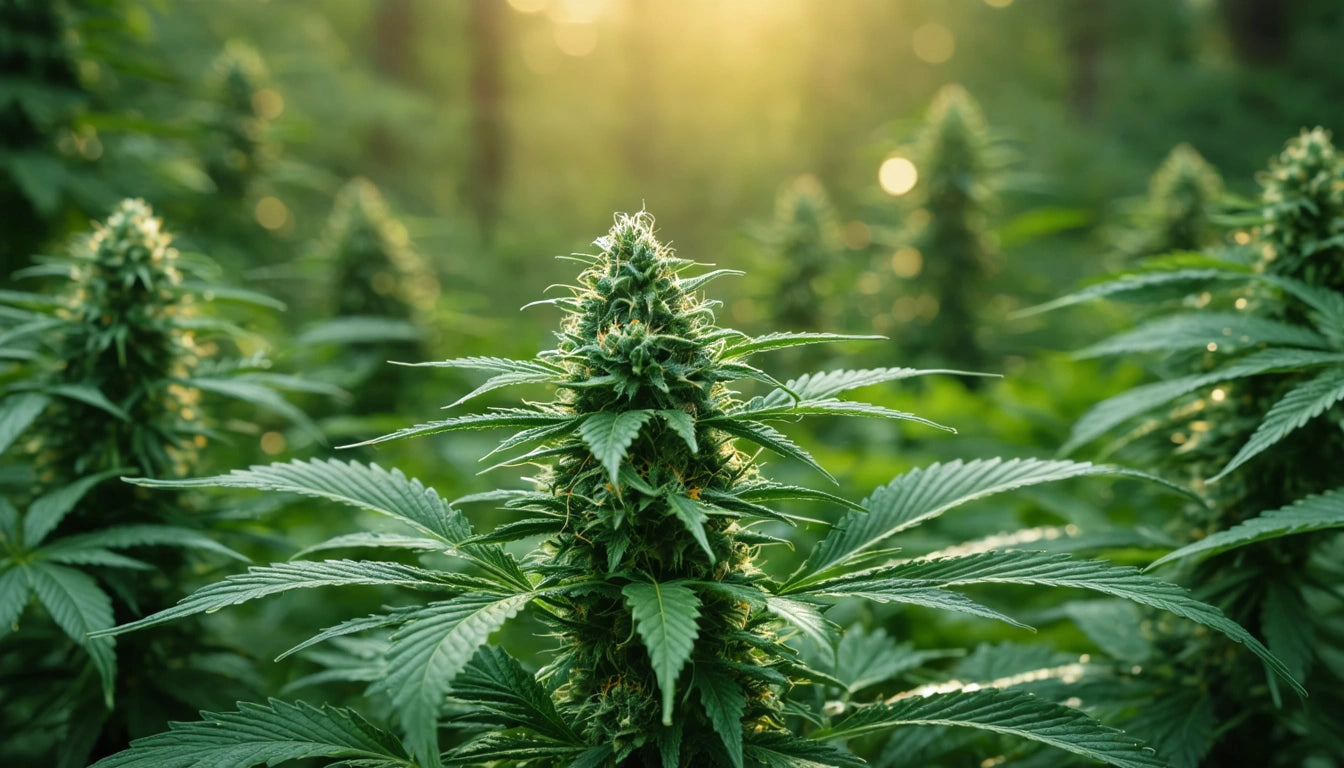Table of Contents
- Vacuum and Mylar Bag Basics: What You Need to Know
- Microwave Safety: Can You Heat Vacuum Sealed Bags?
- Best Heat Sealers for Mylar Bags: Equipment Guide
- Proper Sealing Techniques for Maximum Preservation
- Specialized Applications: Cannabis Storage Solutions
- Advanced Preservation Tips and Long-Term Storage Solutions
Everything You Need to Know About Sealing and Using Vacuum and Mylar Bags
Proper storage solutions are essential for preserving product freshness, whether you're storing food, cannabis, or other perishable items. Vacuum and Mylar bags have become industry standards for preservation, offering superior protection against air, moisture, light, and contaminants. Understanding how to effectively use these storage options can significantly extend shelf life and maintain product quality.
Vacuum and Mylar Bag Basics: What You Need to Know
Vacuum bags and Mylar bags serve similar purposes but differ in composition and ideal applications. Vacuum bags are typically made from food-grade plastic polymers designed to create an airtight seal when air is removed. Mylar bags, on the other hand, consist of polyester film with a metallic layer that provides superior light protection and oxygen barrier properties.
The primary advantage of vacuum sealing is the removal of oxygen, which slows oxidation and prevents mold growth. Mylar bags add an additional layer of protection against light degradation, making them particularly valuable for light-sensitive products. Choosing the right vacuum sealer and containers depends on your specific preservation needs and volume requirements.
Microwave Safety: Can You Heat Vacuum Sealed Bags?
Understanding Microwave Compatibility
A common question is whether vacuum sealed bags can be microwaved. The answer depends on the specific type of bag used. Standard vacuum seal bags are generally microwave-safe for reheating purposes, but with important caveats:
- The bag must be specifically labeled as microwave-safe by the manufacturer
- The bag should be partially opened or vented before microwaving to allow steam to escape
- Heating should be done at reduced power to prevent melting or chemical leaching
- Bags with metallic components (including most Mylar bags) should never be microwaved
For food products, sous vide bags are specifically designed to withstand both hot water immersion and limited microwave use. However, bags designed for long-term storage often prioritize barrier properties over heat resistance.
Best Heat Sealers for Mylar Bags: Equipment Guide
Selecting the best heat sealer for Mylar bags depends on your volume needs, budget, and required seal quality. The market offers several reliable options:
Impulse Sealers
Impulse sealers are among the most popular choices for Mylar bag sealing. These devices heat up only when activated, creating a clean seal without continuous heat. Entry-level models like the 8-inch impulse sealer work well for small operations, while commercial-grade versions offer adjustable temperature controls and wider sealing areas.
Continuous Band Sealers
For high-volume operations, continuous band sealers provide efficient throughput. These machines continuously heat sealing bands, allowing operators to feed bags through without waiting for heating cycles. While more expensive, they significantly increase productivity for commercial applications.
Tabletop bagging machines offer comprehensive solutions that combine filling and sealing operations, ideal for businesses looking to streamline their packaging process.
Proper Sealing Techniques for Maximum Preservation
How to Seal a Mylar Bag Effectively
Achieving a proper seal on Mylar bags requires attention to detail and proper technique:
- Ensure the seal area is completely clean and free of product residue
- Remove as much air as possible before sealing
- For moisture-sensitive products, consider adding oxygen absorbers or humidity control packs that maintain optimal moisture levels
- Apply the sealer with firm, even pressure
- Allow adequate sealing time (typically 3-5 seconds for impulse sealers)
- Inspect the seal for completeness and uniformity
- For critical applications, consider a double seal for redundancy
For vacuum sealing, proper technique includes arranging contents to prevent puncturing the bag and ensuring the seal area remains completely dry and clean.
Specialized Applications: Cannabis Storage Solutions
Cannabis storage presents unique challenges due to the product's sensitivity to oxygen, light, humidity, and temperature fluctuations. Vacuum sealing cannabis can effectively preserve potency and prevent terpene degradation when done correctly.
For optimal cannabis preservation:
- Use high-barrier Mylar bags with proper thickness (at least 4-5 mil)
- Consider smell-proof options for discretion and compliance
- Incorporate humidity control to maintain 58-62% relative humidity
- Store sealed packages in cool, dark environments
Smell-proof containers and bags provide additional benefits for cannabis storage, combining preservation capabilities with odor control features required in many settings.
Advanced Preservation Tips and Long-Term Storage Solutions
For maximum shelf life extension, consider these advanced preservation strategies:
Combining Technologies
The most effective preservation often comes from combining multiple approaches:
- Use oxygen absorbers in conjunction with vacuum sealing
- Implement proper pre-treatment (blanching for vegetables, cooling for cooked items)
- Consider secondary containment for particularly valuable items
- Rotate stock and label with packaging dates
Creative storage solutions can extend beyond traditional applications. Repurposing and properly storing packaging materials can provide cost savings while maintaining product integrity.
Whether you're preserving food, cannabis, or other sensitive products, the right combination of quality bags, proper sealing equipment, and correct techniques will ensure maximum shelf life and product quality. By understanding the specific requirements of your products and investing in appropriate storage solutions, you can achieve professional-grade preservation results even in small-scale operations.











Leave a comment
All comments are moderated before being published.
This site is protected by hCaptcha and the hCaptcha Privacy Policy and Terms of Service apply.